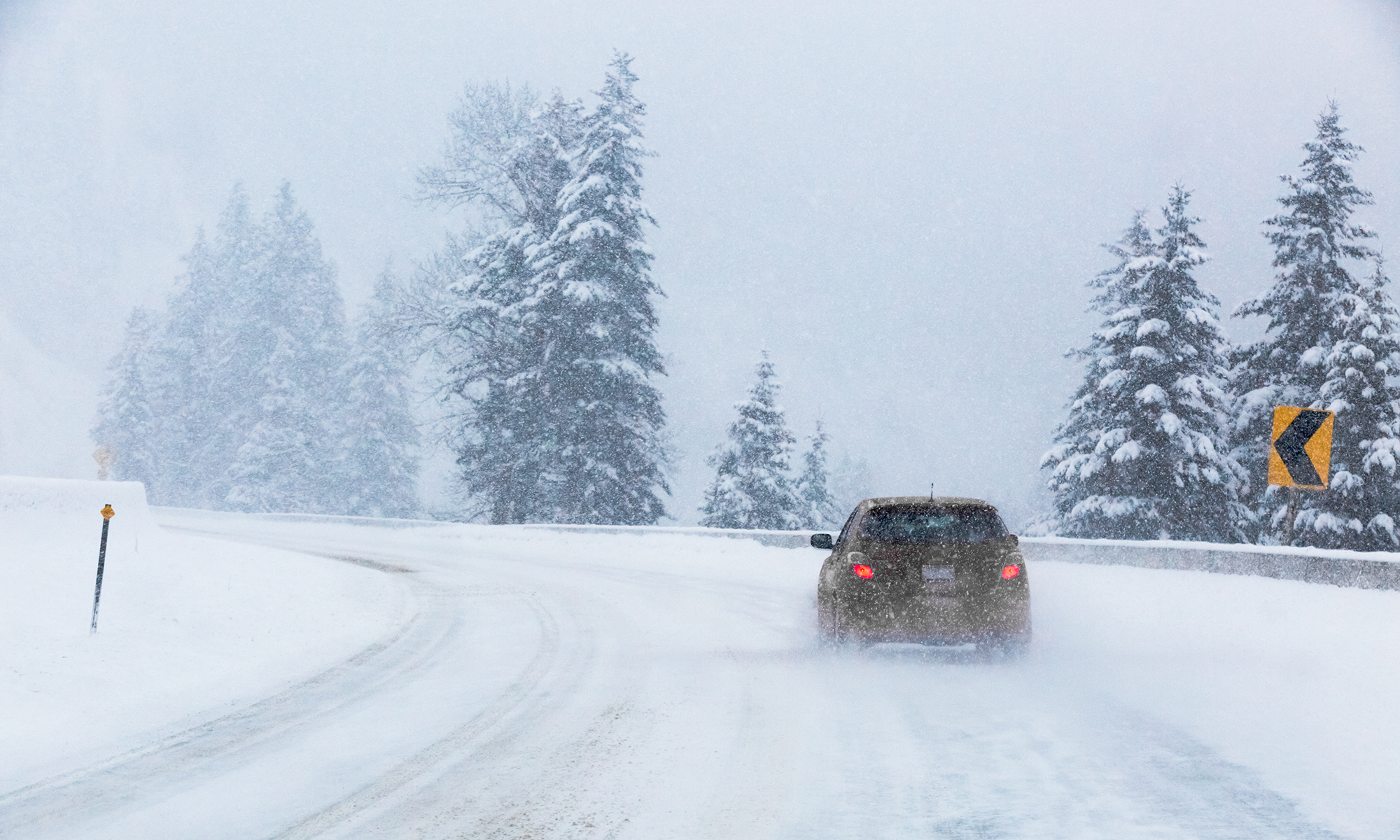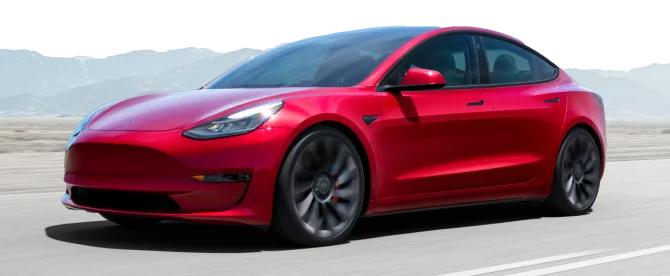¡Consigue esta oferta! Llama ahora.
Hable con un especialista en planes de protección de vehículos y obtenga $300 apagado cualquier nuevo contrato al instante.
Llamar 866-678-4172
o escanea el código a continuación


El fin de año puede ser duro para tu coche por muchas razones, desde viajes excesivos durante las vacaciones hasta hacer más recados de lo habitual. La parte más difícil de esta época del año y la meses de invierno En general, sin embargo, es la temperatura. El clima gélido y Condiciones de conducción en invierno no sólo puede causar estragos en tu coche Pero puede dificultar la conducción segura. Por eso, saber conducir con cuidado y mantener el coche en buen estado es vital cuando hay nieve y hielo en la carretera.
Temperaturas más bajas y condiciones invernales puede afectar seriamente su vehículo y su forma de conducir. Comprender cómo... clima invernal puede causar problemas con tu coche y tu forma de conducir puede ayudarle a prepararse y mantente atento a ellos.
Condiciones de la carretera en invierno Puede presentar problemas específicos a los que debe prestar atención siempre que esté al volante. Y para muchos en todo el país, el final del año puede ser a menudo el comienzo de heladas y carreteras cubiertas de nieve. Pero al conocer cómo puede verse afectado su automóvil en esta época del año y algunos consejos para conducir en clima invernal, puede asegurarse de que usted y las demás personas en la carretera estén seguros cuando comience a nevar.
Si bien el invierno puede afectar sus hábitos de conducción y el funcionamiento de su vehículo, hay cosas que puede hacer para asegurarse de mantenerse seguro. Cambiar cómo conduces y conectar con la carretera puede protegerte y garantizar que mantengas el control del vehículo. Con algunas medidas de seguridad Consejos de conducción para clima invernal, puede estar tranquilo sabiendo que estará seguro cuando se siente en el asiento del conductor.
Lo mejor que puedes hacer por ti mismo cuando conduciendo en condiciones invernales es conducir despacio. Debe conducir al menos diez millas por hora más lento que la velocidad indicada. Límite de velocidad Cuando nieva o hay hielo en el suelo, conviene reducir la velocidad, incluso más, según la gravedad del accidente. condiciones invernales son.
Cuanto más lento conduzcas, más tiempo tendrás para reaccionar si ocurre algo inesperado. PatinesLas frenadas repentinas o la presencia de escombros en la carretera pueden ocurrir cuando se acumula nieve y hielo. Si conduce más despacio, tendrá un margen de seguridad para moverse o detenerse cuando sea necesario.
También debes evitar hacer movimientos bruscos de dirección y mover siempre tu volante lo más suavemente posible al girar el coche para evitar patinesNo intentes usar funciones como control de crucero, ya sea porque incluso el más mínimo retraso en la reducción de la velocidad en una conducción no ideal o Condiciones climáticas podría provocar un accidente.
Además de crear tus habituales superficies resbaladizas, las temperaturas bajo cero también pueden causar hielo negro Para formar, lo cual es un problema grave para automovilistasMás específicamente, hielo negro Se forma cuando una gran cantidad de nieve o agua en la carretera se congela y crea una capa de hielo sobre el asfalto. Es increíblemente resbaladiza y puede hacer que pierdas el control del vehículo con mucha facilidad.
Esté atento a cualquier hielo negro que pueden haberse congelado en la carretera mientras conduces, especialmente en puentes o pasos elevados. En su mayor parte, hielo negro es transparente, pero será visible como una superficie brillante y reflectante en los faros. Conducir despacio y con cuidado le ayudará a ver cualquier hielo negro Antes de que se meta debajo de tus neumáticos.
Conocer el hielo negro es vital, pero cuando conduciendo en condiciones invernalesAsegúrese de saber cómo manejarlo patines, incluso si su automóvil viene equipado con lo último y lo mejor frenos antibloqueo (ABS) y otras características de seguridad. Con nieve y hielo en el suelo, las probabilidades de encontrarse... derrapando Aumentan mucho, incluso si tienes un par de botas para la nieve o Neumáticos de invierno Si bien esto puede ser increíblemente peligroso, si sabe cómo recuperar el control de su automóvil, puede salir del lugar. patinar de forma segura y al mismo tiempo causando un daño mínimo a su vehículo o a otras personas en la carretera.
Si te encuentras en una patinarLo más importante que debes recordar es que no debes golpear el pedal de frenoEn lugar de eso, bombee el pedal suavemente para evitar que las ruedas se bloqueen y derrapando más. Luego, aléjate suavemente de la patinar para ayudar a que el coche se enderece sin girar.
Durante el invierno, quieres asegurarte de que Sus neumáticos están en óptimas condicionesEsto significa que deben tener suficiente banda de rodadura para agarrar. carreteras cubiertas de nieveSi vives en una zona donde nieva constantemente, cambiar a neumáticos de nieve, que tienen grandes protuberancias que se sujetarán al asfalto y evitarán resbalones en superficies nevadas y carreteras heladas.
Si quiere asegurarse de que sus neumáticos tengan suficiente banda de rodadura, puede usar una moneda de un centavo para comprobar la profundidad. Coloque una moneda boca abajo en los huecos entre los tacos de la banda de rodadura de los neumáticos. Si puede ver la parte superior de la cabeza de Abraham Lincoln, debe cambiar los neumáticos inmediatamente. Esto le garantizará un buen agarre en la carretera en condiciones de nieve y... condiciones heladas.
Al conducir con otros coches en la carretera durante el invierno, asegúrese de aumentar la distancia con el coche que va delante. Con mal tiempo, pueden ocurrir todo tipo de situaciones que requieran una parada rápida. Si sigue al coche que va delante demasiado de cerca, es posible que no tenga tiempo de reaccionar si este tiene que hacerlo. pisar el freno.
En condiciones normales, se recomienda dejar al menos tres segundos de distancia entre usted y el vehículo que va delante. condiciones invernales, deberías dejar el Tailgating en los estacionamientos del estadio y aumentar esta distancia a al menos ocho segundosEsto le dará una buena cantidad de tiempo de reacción si tiene que detenerse rápidamente.
Como el aceite y el agua, carreteras resbaladizas y la gravedad no se llevan bien. Tendrá más dificultades para conseguir la tracción necesaria para mantener el coche en movimiento (o para que vuelva a moverse) y existe el riesgo de deslizarse hacia atrás en carreteras empinadas, lo que convierte las cuestas en un problema potencialmente grave cuando se acumula nieve y hielo en el... superficie de la carreteraSi tiene que estacionarse en una colina con nieve o condiciones heladasRecuerda lo básico:
Recuerda acelerar lo más despacio posible después de estacionar en una pendiente. Esto te ayudará a evitar que las llantas patinen y se claven en la nieve. Si te quedas atascado, usa arena o arena para gatos para intentar tener más tracción.
Saber conducir en invierno es increíblemente importante, especialmente si su área sufre regularmente condiciones climáticas extremas, como fuertes nevadas, aguanieve y hielo. Si bien es crucial conocer algunas técnicas para Conducción en inviernoMantener su vehículo en buen estado es fundamental, ya que un coche que funcione correctamente y de forma fiable le ayudará a mantenerse seguro y a evitar averías costosas en la carretera. Pero para mayor tranquilidad ante las averías y reparaciones inevitables, Un plan de protección automática Endurance Puede ayudarle a volver a la carretera y evitar costosas facturas de reparación en cualquier época del año.
Endurance ofrece una Amplia gama de planes Para todo tipo de conductores y presupuestos, incluyendo cobertura básica del sistema de propulsión desde tan solo $79 al mes. Incluso puedes encontrar vehículos con cobertura que la mayoría de los demás proveedores no cubren, incluyendo algunos. vehículos de lujo de alta gama, coches con títulos de salvamento o reconstruidos y vehículos utilizados para viaje compartido y entrega.
Lo mejor de todo es que cada plan Endurance viene automáticamente con asistencia en carretera gratuita las 24 horas, los 7 días de la semana, cobertura de interrupción de viaje, reembolso de alquiler de cocheY la oportunidad de acudir a cualquier mecánico certificado, no solo al concesionario. Además, puedes obtener un año de servicio GRATIS. Beneficios de Endurance Élite Por una pequeña tarifa de activación. Esto incluye más beneficios y ahorros, como descuentos por colisión, reemplazo de llaveros, cobertura de neumáticos y protección contra pérdida total.
Comience a proteger su vehículo hoy mismo llamando a nuestro Servicio al cliente galardonado equipo al (800) 253-8203 y Obtenga una cotización gratis o tienda en linea Hoy mismo. Puede encontrar otras respuestas a sus preguntas más frecuentes sobre el mantenimiento de su vehículo y otros artículos sobre temas que van desde guías de compra de vehículos, comparación de cobertura de garantía extendida, tutoriales de mantenimiento y mucho más en El blog de Endurance.

Estamos aquí para asegurarnos de que obtenga la protección EV más completa. Por eso nos hemos asociado con Xcelerate automático para ofrecerle una cobertura Tesla transparente y confiable.
¿Quiere que nos comuniquemos con usted acerca de la cobertura XCare para su Tesla?



¡Llama y obtén un descuento de $300 en cualquier plan nuevo!
Al hacer clic en el botón, acepta que Endurance utilice tecnología automatizada para llamarlo, enviarle un correo electrónico y enviarle mensajes de texto utilizando la información de contacto anterior, incluido su número de teléfono móvil, si se proporciona, con respecto a la protección del automóvil o, en California, el seguro contra averías mecánicas. También acepta el Endurance política de privacidad y Términos y condiciones. El consentimiento no es una condición de compra y puede retirar el consentimiento en cualquier momento. Se pueden aplicar tarifas por mensajes y datos.
Hable con un especialista en planes de protección de vehículos y obtenga $300 apagado cualquier nuevo contrato al instante.
Llamar 866-678-4172
o escanea el código a continuación



Simplemente complete la información a continuación y le daremos seguimiento rápidamente con su cotización gratuita y sin compromiso.
Al hacer clic en el botón, acepta que Endurance utilice tecnología automatizada para llamarlo, enviarle un correo electrónico y enviarle mensajes de texto utilizando la información de contacto anterior, incluido su número de teléfono móvil, si se proporciona, con respecto a la protección del automóvil o, en California, el seguro contra averías mecánicas. También acepta el Endurance política de privacidad y Términos y condiciones. El consentimiento no es una condición de compra y puede retirar el consentimiento en cualquier momento. Se pueden aplicar tarifas por mensajes y datos.

Para hablar con un especialista en planes de protección de vehículos y guardar $300
Escanee el código a continuación
Larry Witherspoon Jr. es cofundador y director ejecutivo de Centro de formación automotriz. Larry ha ocupado múltiples puestos de liderazgo en la Marina de los EE. UU. y en varias empresas Fortune 100. Además de su experiencia empresarial, Larry creció entendiendo las dificultades que todos los jóvenes enfrentan al convertirse en adultos, especialmente aquellos que surgen de circunstancias difíciles. Tomó esas experiencias de niño y las combinó con su pasión por los vehículos para iniciar el Centro de capacitación automotriz. Leer más sobre Larry.